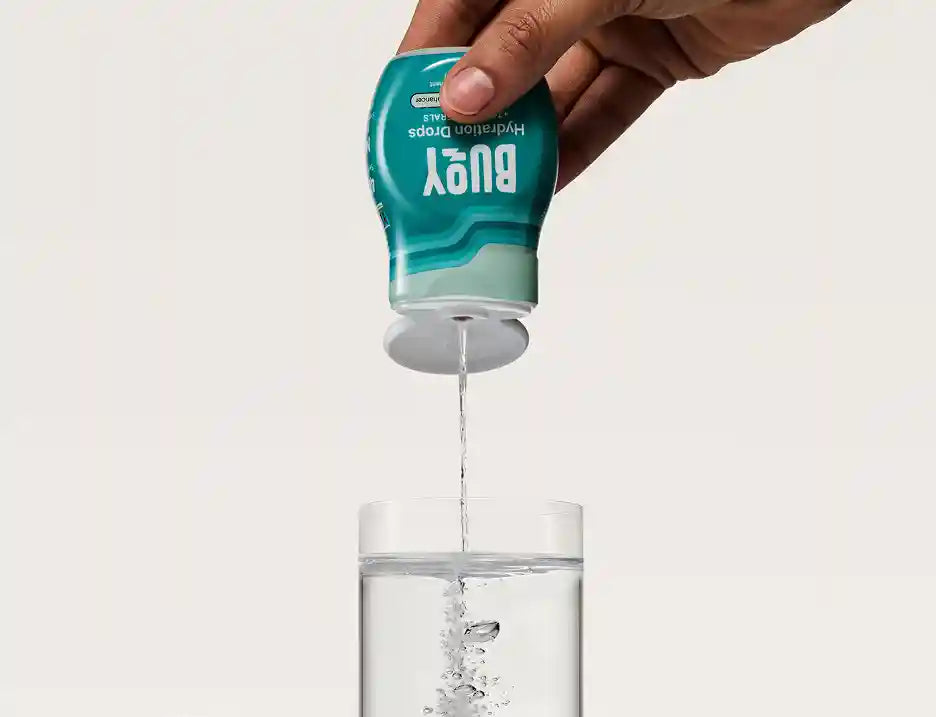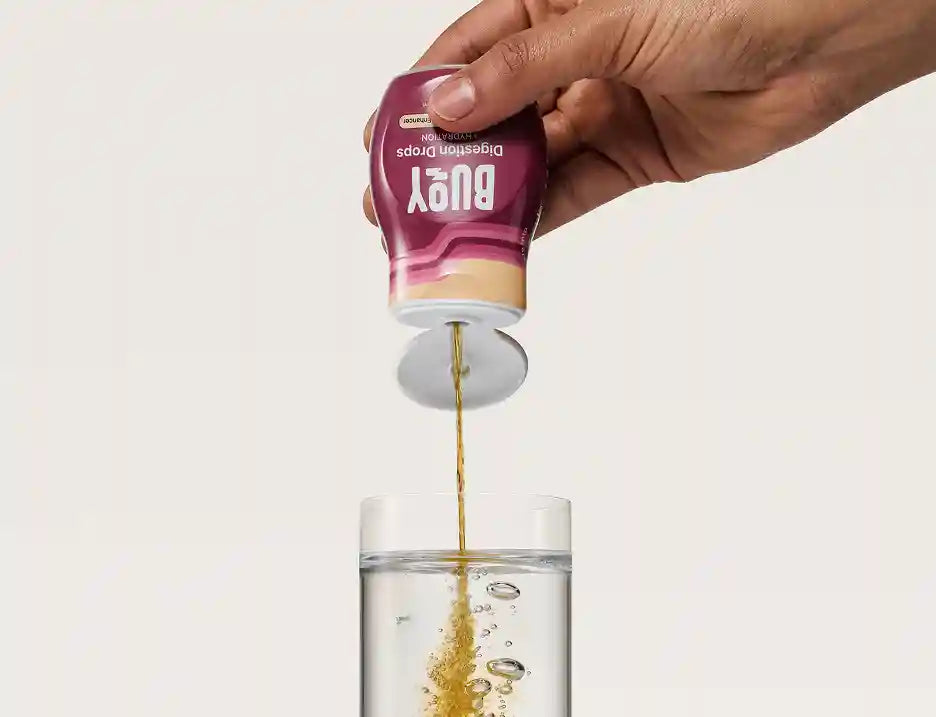
Electrolytes and POTS: Why They Matter
Living with Postural Orthostatic Tachycardia Syndrome (POTS) requires careful attention to hydration and electrolyte balance. For people with POTS, maintaining proper electrolyte levels isn’t just about staying hydrated—it’s an important part of managing daily symptoms and supporting overall health.
Understanding the relationship between POTS and electrolytes can make a big difference in symptom management and quality of life.
Essential Takeaways:
- Proper Electrolyte Balance is Critical for POTS Management: Understanding the importance of electrolytes in POTS is essential, as maintaining optimal electrolyte levels can significantly impact symptom severity and daily function. Regular attention to electrolyte intake can help you stabilize blood pressure, reduce dizziness, and improve your overall quality of life.
- Consistent Hydration with Electrolytes is Key: Simply drinking water isn’t enough for POTS patients—proper hydration requires a careful balance of water and electrolytes. Strategic intake of electrolytes throughout the day, combined with adequate fluid consumption, helps prevent symptom flares and supports better blood volume regulation.
Let’s explore why these essential minerals matter so much for POTS patients and how to keep them optimally balanced every day.
- What Role Do Electrolytes Play in the Body?
- How Do Electrolytes Impact POTS Symptoms?
- Best Sources of Electrolytes for POTS Patients
- Hydration and Electrolyte Strategies for POTS Patients
- Managing Electrolyte Balance for POTS Symptom Relief
What Role Do Electrolytes Play in the Body?
Electrolytes are essential minerals, including sodium, chloride, potassium, magnesium, and calcium, that help regulate many crucial bodily functions. For POTS patients, these minerals are even more important, as they affect:
- Nerve and muscle function
- Blood pressure regulation
- Fluid balance
- Heart rhythm
- Energy levels
When electrolyte levels are properly balanced, they help maintain the stability of these vital functions, which is especially important for those managing POTS symptoms.¹ Learn more in our guide to electrolytes.
How Do Electrolytes Impact POTS Symptoms?
Understanding the connection between POTS and electrolytes is crucial for effective symptom management. Electrolyte imbalance in POTS can lead to:
- Increased dizziness
- Worsened fatigue
- More severe brain fog
- More frequent episodes of tachycardia
- Greater difficulty with temperature regulation
Maintaining proper electrolyte balance can help reduce these symptoms and improve overall function for those with POTS.²
Best Sources of Electrolytes for POTS Patients
Finding the right sources of electrolytes for managing POTS is essential. Let’s explore both natural food sources and supplements that can help maintain proper electrolyte balance.
Natural Food Sources for Electrolytes
The foods you eat can significantly impact your electrolyte levels. Some of the best natural sources include:
- Sodium and Chloride: Boost your intake with pickles and olives, salted nuts, canned soups, and cottage cheese.
- Potassium: Find this essential mineral in bananas, sweet potatoes, avocados, white beans, and yogurt.
- Magnesium: Get your daily dose from leafy greens like spinach, pumpkin seeds, almonds, and black beans.
- Calcium: Enjoy sources like dairy products, fortified plant milk, sardines, and tofu.³
Try incorporating these foods into your meals and POTS-friendly snacks throughout the day. Remember to listen to your body and work with your healthcare provider to determine the right balance of electrolyte-rich foods for your needs.
Buoy Quick Tip:
Healthcare providers typically recommend that POTS patients consume between 8-10 grams (3,000-4,000mg) of sodium per day, significantly more than the general recommendation of 2,300 mg for healthy adults.⁴
While increased salt intake is a common recommendation for POTS management, your specific needs may differ. Always work closely with your healthcare provider to determine the right amount for your situation.
Curious why salt is so important for managing POTS? Find out more in our guide to Why Salt Helps Manage POTS Symptoms: Understanding the Benefits.
Electrolyte Supplements
While incorporating these electrolyte-rich foods into your diet is important, many POTS patients find they need additional support to maintain optimal levels, especially during symptom flares or increased activity.
Purposely unflavored, liquid electrolytes can be particularly effective, as they’re easily absorbed and can be added to any beverage. Just add a light squeeze to the drinks you already enjoy around 4-7 times a day.

Hydration and Electrolyte Strategies for POTS Patients
Creating an effective hydration strategy that includes proper electrolyte balance is crucial for POTS symptom management. Here are some practical tips to get started:
- Start your day with an electrolyte drink.
- Consume small amounts of fluids throughout the day.
- Include salty snacks between meals.
- Monitor your urine color to assess your hydration (light yellow is best).
- Adjust your fluid and electrolyte intake with increased activity and hot weather.² ⁵
By following these POTS and hydration strategies consistently and adjusting them based on your daily needs, you can better manage your POTS symptoms and maintain optimal hydration levels throughout the day.
Discover more hydration strategies with our Hydration Tips for POTS: Stay Hydrated and Manage Your Symptoms.
Managing Electrolyte Balance for POTS Symptom Relief
Maintaining proper electrolyte balance is an important part of managing POTS symptoms effectively.
While it may take a little time to find the right combination of electrolytes and hydration strategies for you, working with your healthcare provider can help you develop the plan for your specific needs.
Finding Your Personal Balance
Remember that everyone’s experience with POTS is unique, and what works for one person may not work for another. Pay attention to how your body responds to different electrolyte sources and adjust accordingly.
Stay Informed and Supported
Want to learn more about managing POTS symptoms? Check out our extensive collection of POTS resource guides featuring expert tips, the latest research, and more to help you live your best life with this condition.

References:
- Healthline. (2019). Electrolytes: Functions, Imbalance, and Sources. Retrieved from https://www.healthline.com/nutrition/electrolytes
- EDS Nutrition. Electrolytes for POTS and Dysautonomia: A Comprehensive Guide. Retrieved from https://edsnutrition.com/electrolytes-for-pots-guide/
- Healthline (2019). 25 Foods That Replenish Electrolytes. Retrieved from https://www.healthline.com/health/fitness-nutrition/electrolytes-food
- Sheldon R.S., Grubb B.P., 2nd, Olshansky B., et al. 2015 Heart Rhythm Society Expert Consensus Statement on the Diagnosis and Treatment of Postural Tachycardia Syndrome, Inappropriate Sinus Tachycardia, and Vasovagal Syncope. Heart Rhythm. 2015;12(6):e41–e63. Retrieved from https://www.ncbi.nlm.nih.gov/pmc/articles/PMC5267948/
- Cleveland Clinic. (2022). Postural Orthostatic Tachycardia Syndrome (POTS). Retrieved from https://my.clevelandclinic.org/health/diseases/16560-postural-orthostatic-tachycardia-syndrome-pots





